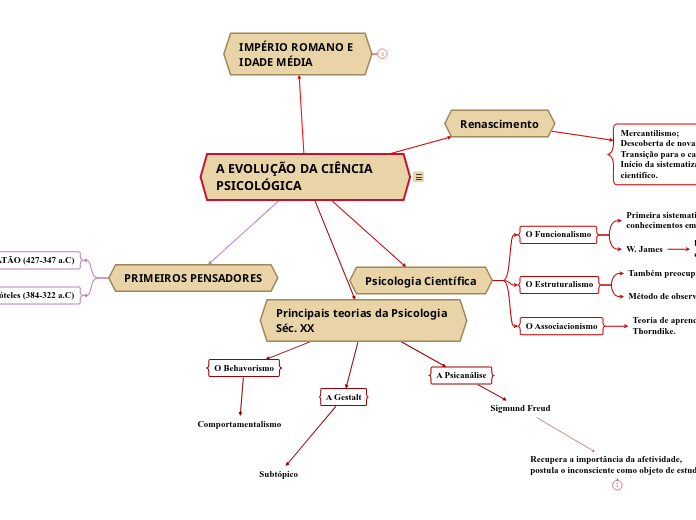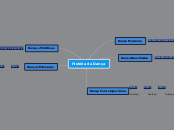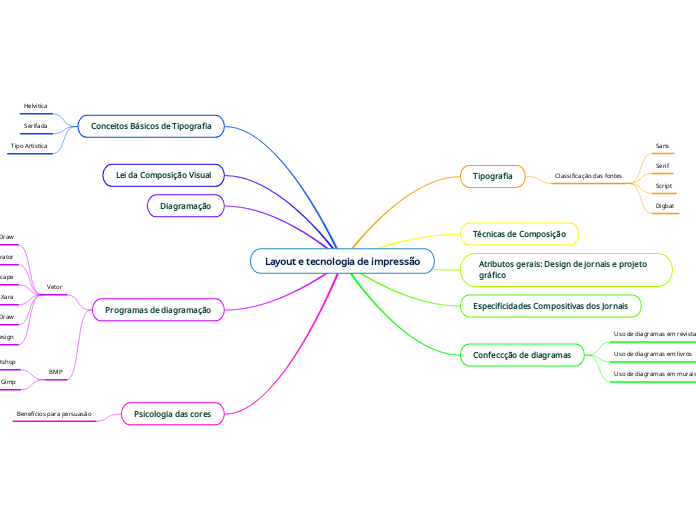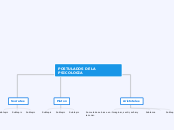A EVOLUÇÃO DA CIÊNCIA PSICOLÓGICA
A
To name your story, you have to think about the overall message and what you want your audience to understand from the story. Also, make it relevant and easy to remember.
Principais teorias da Psicologia Séc. XX
A Psicanálise
Sigmund Freud
Recupera a importância da afetividade,
postula o inconsciente como objeto de estudo.
A Gestalt
Subtópico
O Behavorismo
Comportamentalismo
PRIMEIROS PENSADORES
The ending of a story is essential. We all know that if the ending is weak, what happened before loses its importance. So make it unpredictable, but fair. A resolved ending answers all the questions and ties up any loose threads from the plot.
Aristóteles (384-322 a.C)
This is the closure section of the story.
See examples of possible outcomes below:
- all problems have been solved
- it's clear how each one of your characters ends up
- your main character is transformed by the challenge
Acreditava que a alma pertencia ao corpo.
Mortalidade da alma
Try answering these questions to come up with a closure:
- Have all the problems been solved?
- Is there a clear picture of what happens with each character in the story?
- Has the challenge transformed your main character?
- How do the characters feel in the end?
PLATÃO (427-347 a.C)
This is the moment when the main character surpasses the last obstacle and finally faces their greatest challenge.
The climax usually follows one of these patterns:
- realization
- resolution
- choice
Type in your answer.
Defendia a imortalidade da alma e o não pertencimento ao corpo.
Psicologia Científica
The middle of the story is where you add layers of complications that will lead to the end. Reveal more about the character's journey. Did their personality go through changes? How did they overcome the challenges? And as you build up the story’s central conflict, make it more personal to that character. Also, from the middle act, you have to lead into the final act.
O Associacionismo
There wouldn't be any tension and excitement in your story if there weren't any obstacles in your character's way.
Teoria de aprendizagem na psicologia - Edward L. Thorndike.
A story is nothing more than a character overcoming a series of difficulties to reach the desired goal. Obstacles usually create suspense and conflict. In overcoming obstacles, there is growth: weak becomes strong; hatred turns into love; sadness into happiness; wrong into right; lies into truth; or evil becomes good.
See a few examples below:
- stopping a meteor
- finding a killer
- finding love
Concepção no processo de associação das ideias.
O Estruturalismo
Your character(s) need(s) motivation in order to solve the challenge(s).
Método de observação: introspeccionismo
Secondary characters might also have motives that lead them to cross paths with the main character or which might trigger them to help the main character.
Conhecimentos psicológicos produzidos a partir do laboratório.
Também preocupado com a consciência.
Why does your character need to confront this challenge? What does he/she expect to accomplish by solving it?
See a few examples:
- will marry in 3 days
- can fix the mistakes of the past
O Funcionalismo
Each story has a main character and that character usually needs to solve a problem or challenge. The character's challenge is the one that creates tension throughout the story.
W. James
Type in any other challenges which other characters in the story need to face.
busca compreender o funcionamento da consciência.
Primeira sistematização americana em conhecimentos em Psicologia.
In most stories, there are 3 challenges. The number 3 is a mystical number symbolizing completeness. Try to come up with interesting challenges with which your character needs to struggle.
See a few examples below:
- turns into a werewolf at night
- is sent back in time
Renascimento
Mercantilismo;
Descoberta de novas terras;
Transição para o capitalismo;
Início da sistematização do conhecimento cientifíco.
IMPÉRIO ROMANO E
IDADE MÉDIA
In the beginning of the story (or the exposition), you will need to introduce the setting and characters. You might also want to introduce the main conflict. This part of the story is important because it gives the reader necessary background information and maybe even a first insight into a character’s personality.
Domínio do império Romano
Surgimento do cristianismo
Renascimento
Characters are essential to a good story. Usually, the protagonist(s) is/are the most affected by the plot. Introduce a character by focusing on their actions, interests, and occupation, as the physical appearance doesn't make a difference in most cases.
Principais acontecimentos
Type in the name of your character.
São Tomás de Aquino afirmava que somente Deus seria capaz de reunir a essência e a resistência.
Add other qualities/attributes of the character.
Surgimento do protestantismo.
What is your character's main goal?
fight Evilfind lovedefeat his/her enemyrule the worldmake friendstime travelmake an awesome discoveryOther
Santo Agostinho - filósofo: defendia o pensamento de Platão com a resalva que a alma era imortal e também elo com Deus.
Which traits best describe the character's personality? Choose more if necessary:
introvertedloyalkindindependentquick-thinkingadventuresomeidealisticsweet-naturedcalmrisk-takercreativewittystrictfussyweirdclumsyharshaggressivecarelessclingingcowardlycrueldeceitfulimpulsiveOther
Monopolização do estudo do psiquismo pela igreja católica.
Choose the type of your chacter:
Protagonist (main character)Antagonist (main character's opponent)Flat (stereotypical character)Round (his/ her personality develops throughout the story)Static (doesn't evolve as a person throughout the story)Dynamic (dramatical change in personality)Confidant (the main character trusts him/ her)Foil (contrasting character who enhances the personality of another character)Other










